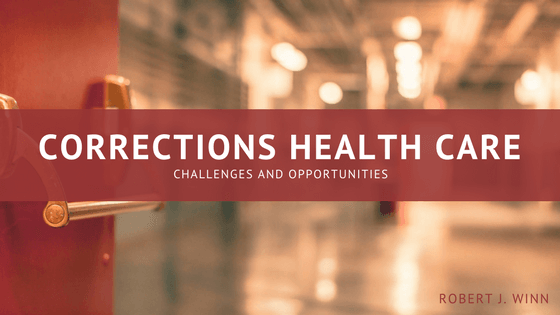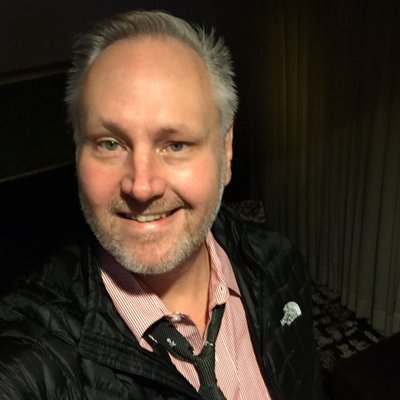When we talk about community health care, most people prefer to keep the conversation focused on our achievements and future possibilities. We talk about the local clinics that provide flu shots and screenings to uninsured families, about school health education programs that stand to significantly decrease STIs and teen pregnancies, or about needle exchange programs that could lower the risk of HIV transmissions. Those of us who practice community-minded medicine are passionate about creating access points for those who might not otherwise be able to afford quality care. But in all that discussion, one facet of community life is noticeably absent: corrections medicine. Prison health care is an oddly taboo subject; and most community leaders tend to veer towards more cheerful conversations about local free clinics and education initiatives. It doesn’t help that the average person’s knowledge about institutional healthcare usually begins and ends with the latest episode of Orange Is the New Black. But I firmly believe that correctional institutions shouldn’t be pushed out of sight and mind and that they offer invaluable opportunities for improving community healthcare, as well as for strengthening our society as a whole.
Consider the statistics. According to an article published in Issues in Science and Technology, over half of all inmates (1.2 million nationally) suffer from drug dependence or addiction. This number stands starkly when compared to the 2% national overall who suffer from drug-related issues nationally. Incarcerated populations also tend to have a greater prevalence towards communicable diseases, chronic health conditions (40%) and mental health problems (50%). These numbers sound shocking – and make no mistake, they are concerning – but I think that they also point to an opportunity for improving community health as a whole.
A disproportionate percentage of inmates come from underserved populations; many lacked access to quality health services and only sought out medical care when their problems became serious enough for an emergency room. Moreover, these patients are often limited in their compliance to medical advice due to nutritional and lifestyle constraints. This lack of access to medical care and poor follow-through after discharge worsens public health as a whole and limits what the patient can do to keep themselves healthy independently. With regular and structured access to food, shelter, medical treatment, and less access to narcotic or addictive substances, inmates ironically have a better chance at health within institutional walls than without.
Although we may not like discussing prison healthcare as much as a new community clinic, we need to pay more attention to the good we could conceivably do by focusing more attention on inmate health. As mentioned previously, over half of all inmates suffer from drug-related problems, while 40% struggle with chronic illness. If we pour more resources into recovery and health education programs, we stand a good chance of equipping inmates with the knowledge and skills they need to stay healthy and productive on the outside. We can offer more opportunities for screening and prevention; for healing and learning. Equipped with these tools, ex-incarcerated community members will stay healthier, limit the spread of disease, and be more productive as community members. Of course, this task isn’t without its difficulties; as just one example, addiction treatment programs that utilize medication-assisted therapy (MAT) have been shown to make a considerable difference in a opioid-dependent patient’s recovery process – however, such programs face criticism as a result of their expense and a limited awareness of their value. Advocates will need to seek out funding and public support for needed health and educational programs to ensure that those on the inside don’t slip into unhealthy patterns after they leave. By creating supportive prison healthcare systems, we not only help individuals build healthy habits and provide them with the means to support themselves without resorting to crime, but we also build a stronger and healthier community.


